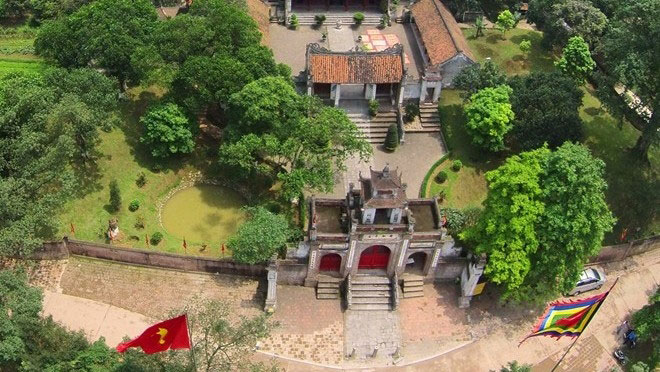


|
|
|
|
|
|
The project will cover an area of 860.4ha, including the centre
of the Co Loa Citadel and subordinate constructions at Co Loa, Duc Tu, Viet
Hung and Uy No communes in the district.
Under the project, the Thang Long - Hanoi Heritage Conservation
Centre will serve as a focal agency that monitors the implementation of the
plan in accordance with current regulations of the State and the city.
The centre is tasked with coordinating with relevant agencies to
research and implement archaeological excavations; collecting and displaying
materials related to the relic site.
It will collaborate with the local departments of tourism,
culture, and education to implement the project.
Accordingly, an exhibition centre will highlight the value and
history of the site. More tours and visitor programmes will be established.
Co Loa Citadel was built more than 2,000 years ago during the
reign of King An Duong Vuong about 20km to the north of today’s Hanoi.
According to folklore, An Duong Vuong founded the ancient
Vietnamese state of Au Lac and chose Co Loa as its capital city.
|
Source: NDO